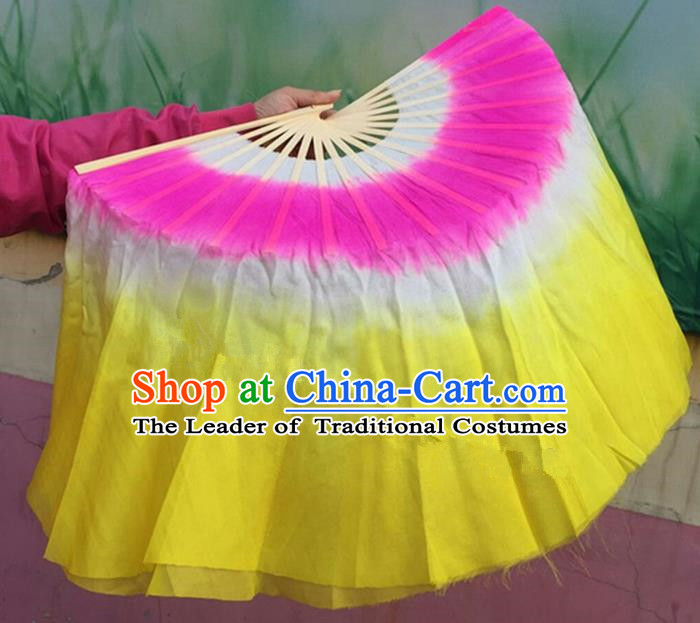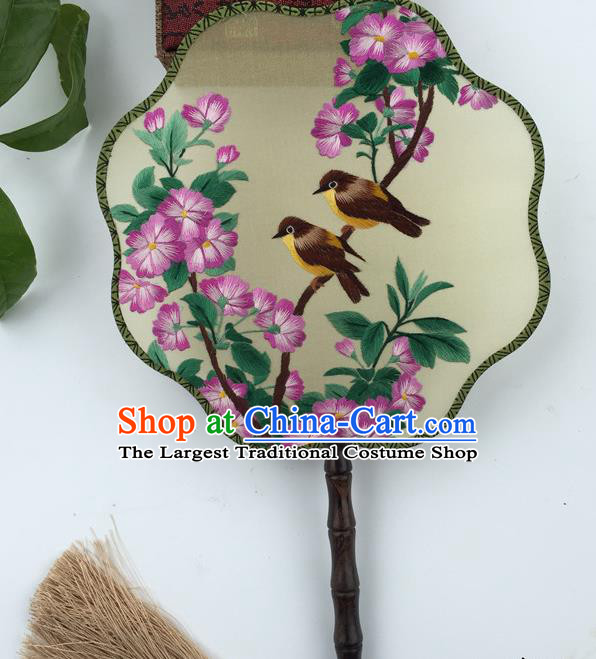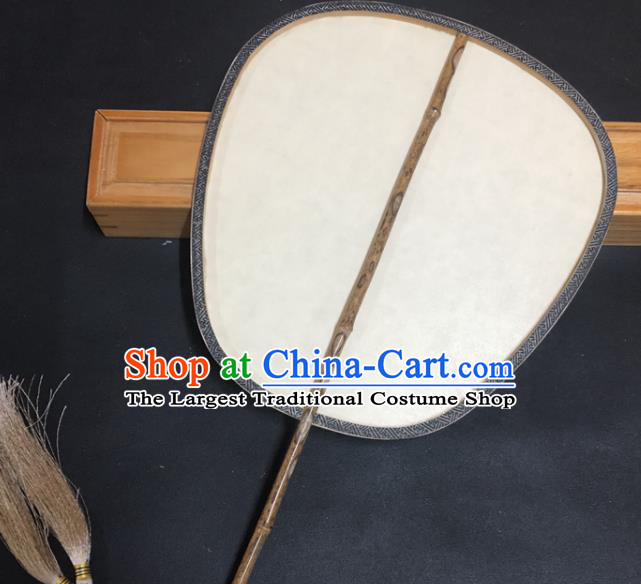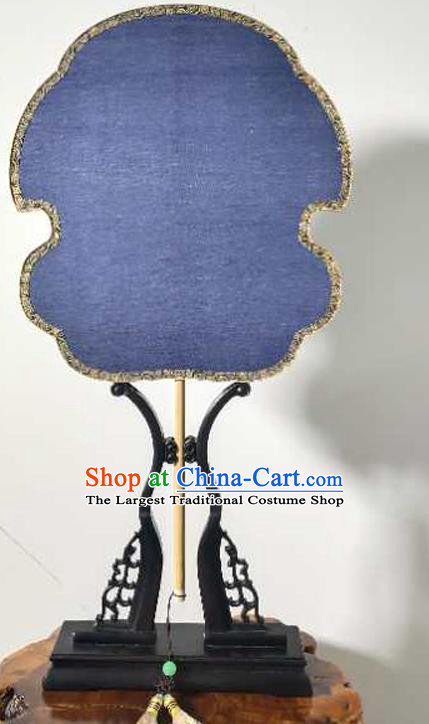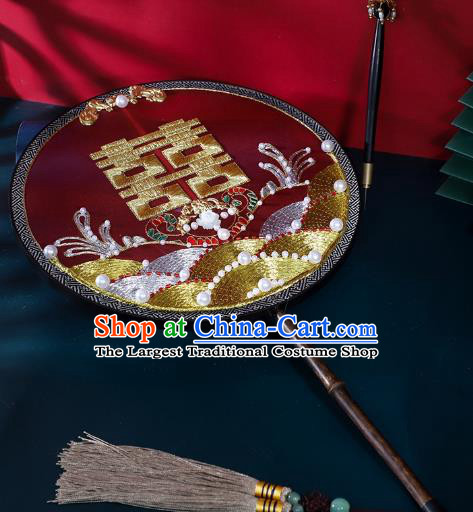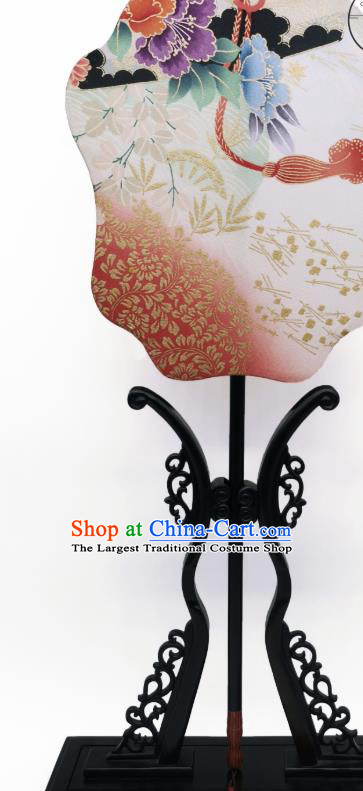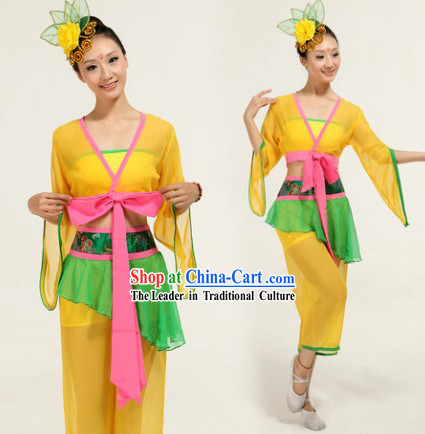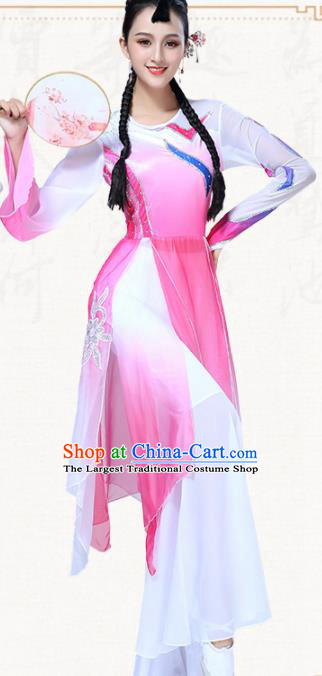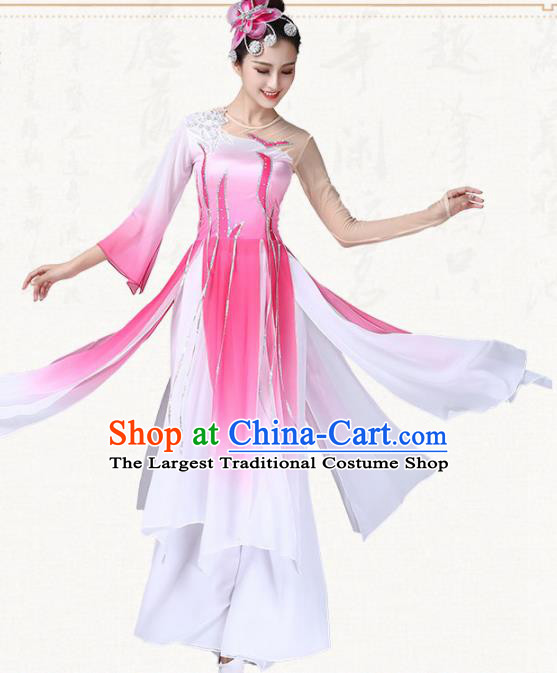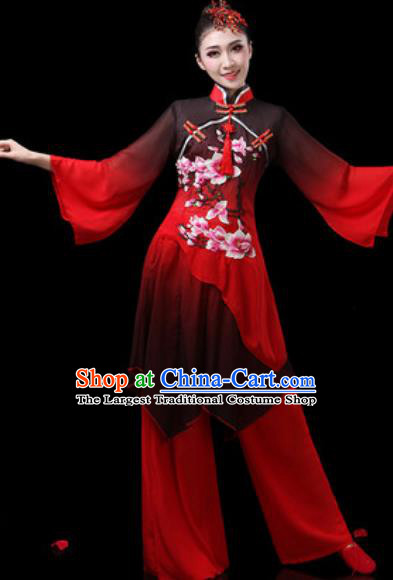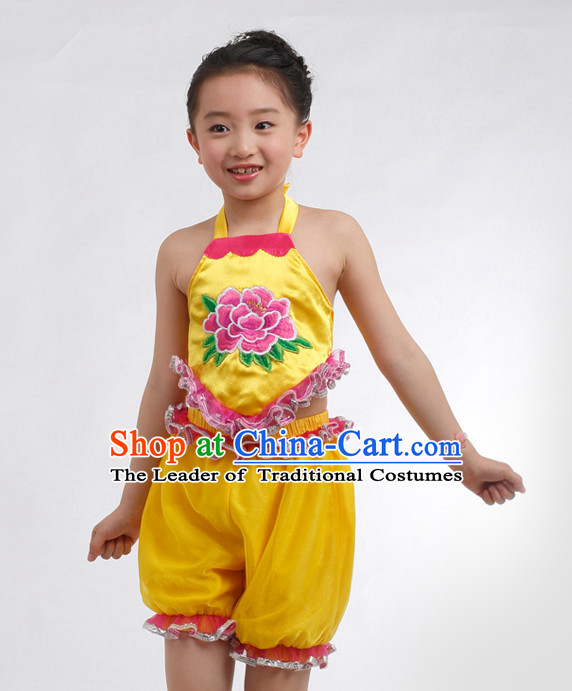
Click Related Pictures for More Audios:
Traditional Chinese dance fan culture is an art form with a long history and rich connotations.
It originated in ancient China and, after thousands of years of evolution and development, has become an important part of Chinese culture.
Fans, as important props in dance performances, not only have practical functions but also carry rich symbolic meanings.
In ancient times, fans were mainly used for shading, cooling, and ventilation.
Over time, fans gradually evolved into works of art, endowed with more symbolic meanings.
In traditional Chinese culture, fans are often regarded as auspicious objects, representing good luck, happiness, and prosperity.
Therefore, people will use fans to pray for good luck on many important occasions, such as weddings, celebrations, and banquets.
The use of fans in dance performances also has special significance.
Dancers usually use fans as part of their dance movements, displaying the beauty and power of the fan through waving, spinning, or throwing.
This unique performance technique makes the fan an indispensable part of dance art.
In addition to practicality and symbolism, fans also have high artistic value.
In traditional Chinese painting, fans are often used as canvases, and artists express their thoughts and emotions by painting exquisite patterns and texts.
These fan works not only have high ornamental value but also reflect the customs and aesthetic concepts of the society at that time.
In conclusion, traditional Chinese dance fan culture is a cultural phenomenon with historical depth and artistic charm.
It has both practical functions and rich symbolic meanings and artistic values.
In modern society, although the use of fans has changed, it still serves as a unique cultural symbol, inheriting the excellent traditional culture of the Chinese nation.














